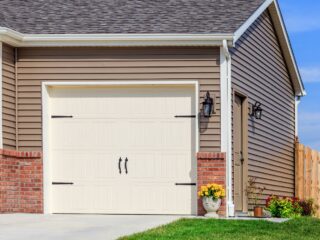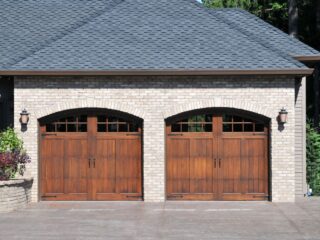
Closet Pantry Doors
Installing closet pantry doors can be a great way to add functionality and style to your kitchen space. Whether you’re looking to create a hidden storage area or simply want to update the look of your pantry, proper installation is key. In this article, I’ll walk you through the step-by-step process of installing closet pantry doors, from measuring and preparing the opening to attaching hinges and adjusting the fit.
Firstly, before diving into the installation process, it’s important to choose the right type of closet pantry doors that suit your needs and complement your kitchen decor. There are various options available such as bi-fold doors, sliding doors, or traditional hinged doors. Consider factors like space availability and ease of use when making your decision.
Once you have selected your desired style of closet pantry doors, it’s time to gather the necessary tools and materials for installation. This may include a tape measure, level, screwdriver, drill, screws or nails depending on the type of door chosen. With everything in hand, we can now move onto measuring and preparing the opening for a seamless installation.
Remember that each step should be executed with precision to ensure smooth functionality and longevity of your newly installed closet pantry doors. So let’s get started on transforming your pantry into an organized haven!

Why You Need a Closet Pantry Door
Having a closet pantry door in your home can offer numerous benefits and greatly enhance the functionality of your kitchen. Here are a few compelling reasons why you should consider installing one:
- Organization and Storage: A closet pantry door provides an efficient and organized way to store your food items, kitchen supplies, and other essentials. With designated shelves and compartments, you can neatly arrange everything, making it easier to find what you need when preparing meals or grabbing a quick snack.
- Space Optimization: In many kitchens, space is often limited. By installing a closet pantry door, you can maximize the use of vertical storage space that may otherwise go unused. This allows you to keep your countertops clear from clutter, giving your kitchen a more spacious and clean look.
- Enhanced Accessibility: With a closet pantry door, accessing your groceries becomes much simpler and more convenient. No longer will you have to dig through crowded cabinets or rummage through stacks of items just to find that elusive ingredient. Everything will be within arm’s reach behind the door, saving you time and effort in the process.
- Protection from Pests: Keeping your food items sealed and protected is crucial for preventing pests such as ants, cockroaches, or rodents from infiltrating your pantry. A well-designed closet pantry door with proper sealing mechanisms can act as an effective barrier against these unwanted invaders.
- Aesthetic Appeal: Apart from its functional advantages, a closet pantry door can also add aesthetic value to your kitchen space. There are various styles available on the market – from traditional wooden doors to sleek glass ones – allowing you to choose an option that complements your overall kitchen design.
Choosing the right closet pantry door can make a significant difference in both the functionality and aesthetic appeal of your pantry space. With so many options available, it’s important to consider certain factors before making a decision. Here are a few key points to keep in mind when selecting your closet pantry door:
- Style: The first thing to consider is the overall style of your kitchen or pantry area. You want the door to complement the existing decor and design theme. Whether you prefer a traditional, modern, rustic, or sleek look, there are various styles of doors available to suit your taste.
- Material: Closet pantry doors come in different materials such as wood, glass, metal, or even a combination of these. Each material has its own unique characteristics and benefits. For example, wood offers warmth and durability while glass can add elegance and allow for visibility into the pantry without opening the door.
- Size and Configuration: Measure the dimensions of your pantry space accurately before choosing a door. Consider whether you need a single or double door configuration based on the size of your pantry opening and accessibility requirements.
- Functionality: Think about how you plan to use your closet pantry on a daily basis. If you have limited space in front of the pantry, sliding doors might be more practical than swinging doors that require extra clearance when opened.
- Storage Needs: Evaluate your storage needs and how they may impact door choice. Some doors may feature built-in shelving or pockets that provide additional storage options within the actual door itself.
By considering these factors carefully, you’ll be able to choose a closet pantry door that not only enhances the visual appeal but also meets all your functional needs efficiently.





